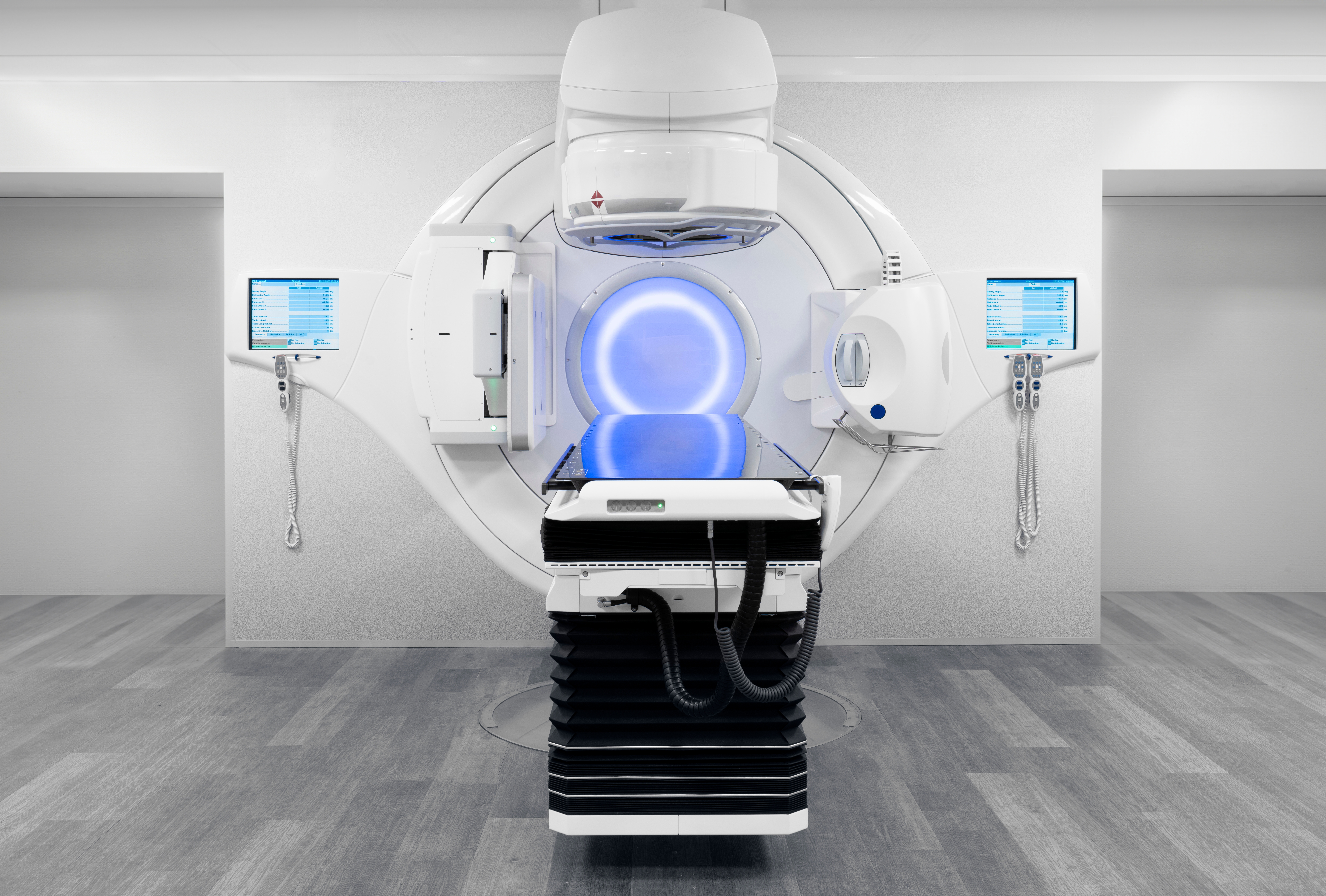23/04/2021
With Coronavirus restrictions being gradually lifted in the UK, most sectors are gearing up, if not for a return to life as we knew it before the pandemic, at least for some kind of “new normal” that will entail changes to what we are used to see and experience.
A welcome comeback to mark the arrival of summer will be the traditional fortnight of world-class tennis in Wimbledon, with The Championships scheduled to return after last year’s cancellation. However, when we turn the TV on to watch the first matches on 28th June, our eyes will likely be greeted by a less-than-traditional sight. As part of an effort to decongest tennis courts in COVID times, it has been announced that the Hawk-Eye Live system could in fact replace Wimbledon line judges at this year’s edition.
About two decades ago a group of researchers at Roke Manor Research Limited, in Romsey, came up with a solution that was to revolutionise ball games all around the planet. Their system – to protect which they originally filed a UK patent application, then claimed its priority to file a PCT application – relies on a number of video cameras arranged at fixed positions around the area of a pitch or court, and employs a video processor to track the ball based on signals supplied by the various cameras. In practice, by triangulating videos from the various cameras, their system, which came to be known as Hawk-Eye, creates a 3D representation of the trajectory of the ball, and uses this to predict the flight-path of the ball. In the words of the claims of the original patent application, all of this can be used during play to check whether the ball interacts with any “one or more […] characteristic features” positioned on the court or pitch “for use in performance of the game”.
This technology has been further developed over the years, as shown by subsequent applications focussing on other specific aspects to do with how the data acquired by the cameras are actually processed.
Ask professional tennis players around the world, and they will confirm that in recent years Hawk-Eye has become for them a familiar presence on show courts on the ATP (Association of Tennis Professionals) and WTA (Women’s Tennis Association) tours, one they can request the intervention of when they wish to challenge an “in” or “out” call made by one of the line judges or even by the chair umpire during a match.
In order to limit as much as possible the number of people who physically need to be on-site, what is expected to replace the Wimbledon line judges this year is in effect an evolution of the same ball-tracking system, nicknamed Hawk-Eye Live. At its core, the technology is very similar to the “old” Hawk-Eye, but relies on an increased number of “live” elements, such as additional cameras mounted behind the court and looking across the baseline that can, for example, enable detection of foot faults.
The ATP has already decided to do away with line officials and bring in the Hawk-Eye Live system for all hardcourt Masters 1000 events taking place this year. The live-calling system already featured at the US Open 2020 and was used throughout the Australian Open earlier this year.
While not entirely glitch-free, the system has been tested and shown to be accurate within two-three millimetres, which is less than the minimum requirement of five mm put in place by the International Tennis Federation (ITF). Even more strikingly, the New York Times has reported that Hawk-Eye Live made 225,000 calls during the first week of the US Open 2020, of which apparently only 14 were errors (0.0062 percent).
This looks like a textbook example of an innovation providing an advantageous solution to a technical problem felt in a particular field. It brilliantly showcases the kind of correlation between a new development and the associated benefits that, as patent attorneys, we are always on the lookout for in our Clients’ new products and methods.
It is clear this innovation has been given increased visibility also because of the exceptional circumstances under which it has debuted on the professional tennis tours. However, it should not necessarily outshine other expressions of technological progress that have transformed, and continue to transform, tennis.
A lot of efforts and research have brought about new designs and material combinations, thanks to which today’s racquet frames allow players to hit the ball much faster and with a lot more rotation compared with their wood counterparts from the 1970s and 80s.
Extensive data mining, video analysis, use of sensors coupled with a more advanced understanding of biomechanics have helped tennis coaches delve into the characteristics of each tennis stroke, so they could unlock the complex mechanisms by which players can develop greater power and control. Of course natural talent, fitness and instinct play a major role in the game, but it’s also these substantial technological advances that have transformed the players’ technique over the past few decades, and looking at the younger generation of players moving up the rankings right now it’s easy to see it’s an ongoing process.
Changes and progress are not only for elite competitors, though. For example, the introduction of low-compression tennis balls has fundamentally changed the way both children and adults learn to play tennis. Basically, players can start by playing with lightweight balls that are easier to hit, and as they become familiar with the basic strokes, they can progress to normal-sized balls that are inflated to a lower pressure than normal, so that the ball flight is slower and the bounce is lower. This gives beginners and intermediate players longer to return the ball, lengthens the rallies and can generally improve the experience of play in a positive way.
I definitely look forward to the return of the professional tennis tours in SW19 later this year, and my eyes will certainly also be keen to spot Hawk-Eye Live in action, as well as any interesting new technical solutions.
Reddie & Grose has a wide breadth of experience in drafting and prosecuting patent applications relating to innovations in sectors ranging from advanced engineering and materials to electronics and software, as well as a team of experts in the protection of designs. If you have been working on new products in the field of sports technology, and are looking to obtain patent protection, or would like to discuss this or any of the content of this blog, please reach out to us.
This article is for general information only. Its content is not a statement of the law on any subject and does not constitute advice. Please contact Reddie & Grose LLP for advice before taking any action in reliance on it


